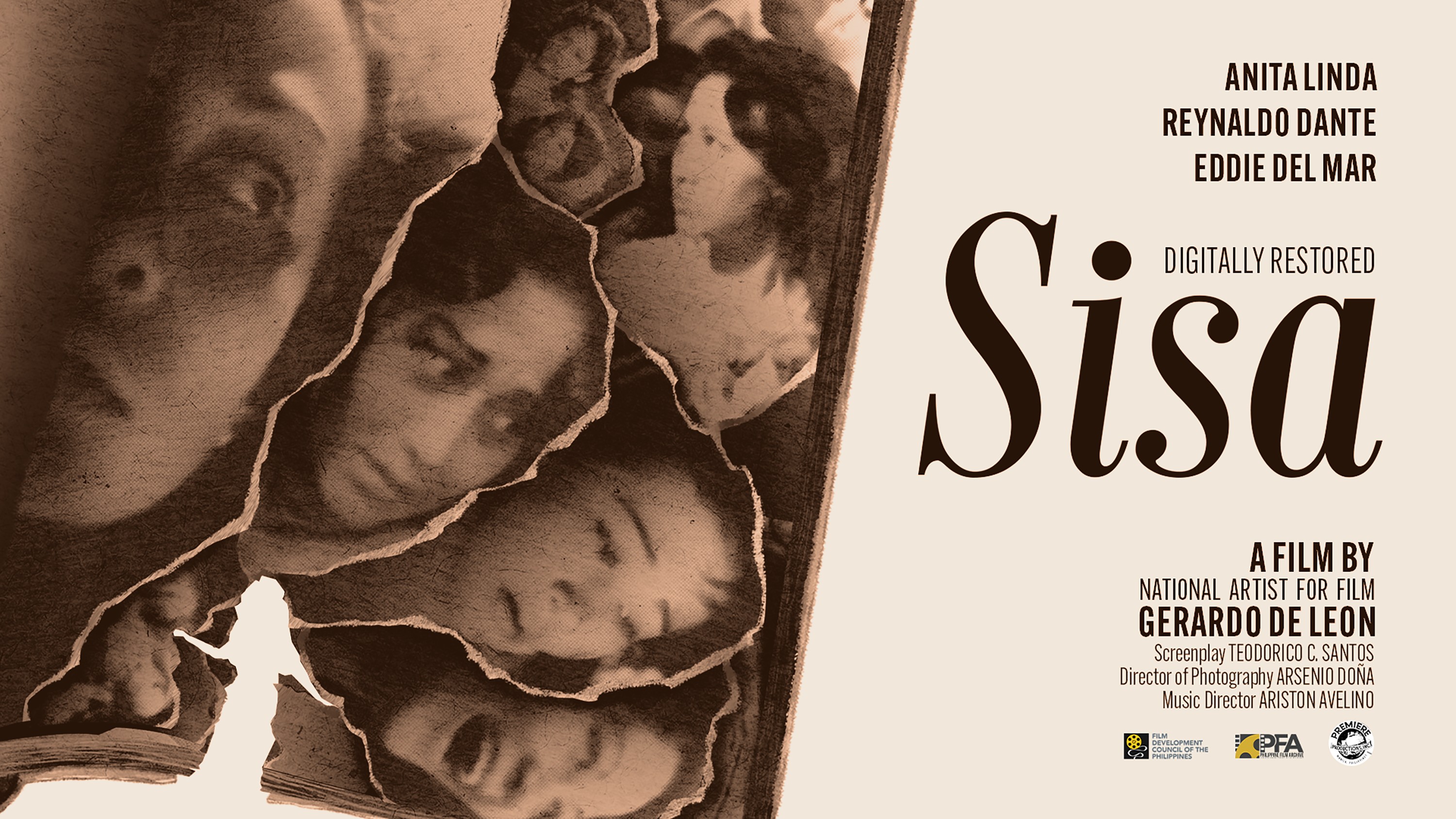Philippine Film Archive Continues Preservation of Gems from UPFI Film Collection
The community quarantine due to COVID-19 took over the second quarter of 2020, but this did not deter the Philippine Film Archive (PFA) from fulfilling its role of protecting our national film heritage, which includes the University of the Philippines Film Institute (UPFI) Film Center film collection.
The PFA, a division of the Film Development Council of the Philippines (FDCP), reported that from April to June 2020, it was able to complete the rewinding, transfer, and inventory of Class A and Class B elements from its acquisitions from the UPFI Film Center.
“Noli Me Tangere” film reel from the UPFI film collection
Among the historical and cultural gems that went through the rewinding, transfer, and inventory process are two films done by National Artists. These are “Noli Me Tangere” (1961), in original print, by National Artist for Cinema Gerardo de Leon and “Bayan Ko: Kapit sa Patalim” (1984) by National Artist for Film and Broadcast Arts Lino Brocka.
Class A elements are in good condition with just minimal damage while Class B elements have medium to heavy damage such as warping, light to medium deterioration, slight blockage, and low to high Vinegar Syndrome. Class C elements, which are subject for disposal because of having melted images, blockage, or heavy deterioration, are undergoing rewinding, transfer, and inventory at present.
The PFA team acquires film elements from the UPFI Film Center.
In August 2019, the UPFI Film Center turned over 1,024 film reels to the PFA for archiving, scanning, digitization, and possible restoration. There are even Russian titles in the acquired collection. Through FDCP Chairperson and CEO Liza Diño-Seguerra, the PFA had a fruitful meeting with UPFI Director Patrick Campos which led to the completion of the acquisition of the UPFI film collection.
PFA Head Don Gervin Arawan explains the rollercoaster of emotions that he and his team feels whenever they do the film archiving process: “There is excitement during acquisition; feeling of loss before we leave, seeing some films that were destroyed in time; thrill during inspection; and tension during the handling of some delicate and damaged films.”
He continued, “Then, there is pleasure after initial cleaning and transfer to a new container, and fulfillment when we complete the inventory and put them on racks or inside the film vaults. And before the day ends, we feel very honored to be able to do this for our country and for the present and future generations.”
The PFA team transfers film reels from old to new cans
Arawan reveals that the plans for the UPFI gems include digitizing the collection, migrating it to a new medium, and generating access copies for the public. Titles with significant historical and cultural values, such as “Noli Me Tangere” and “Bayan Ko: Kapit sa Patalim,” will be prioritized for the PFA Film Restoration Program, which has already restored nine titles and is currently restoring two films.
“Our beloved Chairperson Liza Diño-Seguerra is always ecstatic about these kinds of projects and she already has plans on how to showcase and share to the Filipino people this culturally and historically significant endeavor,” concluded Arawan.
Photos courtesy of the Philippine Film Archive





